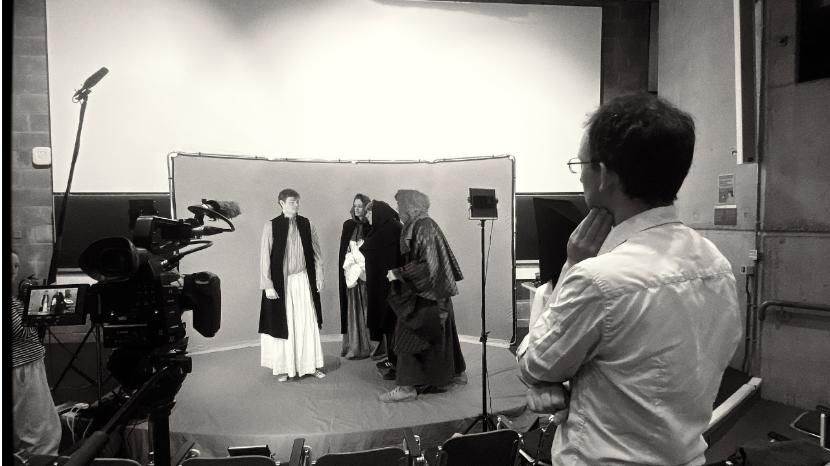Eugesta [Journal on Gender Studies in Antiquity]
ISSN: 2265-8777
Le recours aux concepts de sexe et de genre développés dans les Gender Studies a considérablement transformé les recherches dans le domaine de l’Antiquité en ouvrant un nouveau champ extrêmement fructueux sur le plan culturel et social. Dans la mesure où elle est à l’origine de conceptions et valeurs auxquelles se réfèrent les constructions d’identités dans les cultures occidentales, l’Antiquité est un lieu d’application de ces théories tout à fait particulier. Les travaux menés sur les relations entre hommes, entre hommes et femmes, entre femmes, et sur les façons de construire le féminin et le masculin, ont jeté sur le fonctionnement des sociétés et cultures antiques, un éclairage nouveau, qui est aussi d’un intérêt capital pour l’étude de la réception de l’Antiquité dans les cultures occidentales.
Lire la suite…
The increased attention accorded to concepts of sex and gender developed by work in gender studies has powerfully transformed research in to the ancient Mediterranean past, opening up a new extremely fruitful field of cultural and social analysis. Inasmuch as many ideas and values responsible for shaping the construction of identities in later western societies originate in antiquity, applying gendered theoretical perspectives to the texts and artifacts surviving from the ancient world antiquity offers particular benefits. Inquiries conducted into the relations among men, between men and women, among women, and on modes of constructing what qualifies as “feminine” and “masculine” have brought a new illumination to the distinctive ways that ancient societies and cultures functioned, an illumination also of major relevance for research on the reception of antiquity in western cultures.
More
Contents
Plato on Female “Weakness”: From Biology to Politics
Sisters Are Doing It For Themselves: Roman Paracomedy and All-female Stage Space
The Deifications of Ino in Ovid’s Fasti and Metamorphoses
Danza romana, mujeres y senectud: los casos de Galeria Copiola y Umidia Cuadratila
Female Patrons of Waterworks in the Eastern Roman Empire
Veronica and Cynthia: a sixteenth century reception of an elegiac mistress
Anne Lister as a queer reader of Martial
All issues
See AWOL's full List of Open Access Journals in Ancient Studies
And see AWOL's Round-up on Women/Gender/Sexuality in the Ancient World






































/prod01/channel_3/media/tcd/news-images/Dumuzis-Dream-Production-shot-1.jpg)
 Filming in action in Trinity's Arts Building. Image: Shauna Rachael McGeoghan.
Filming in action in Trinity's Arts Building. Image: Shauna Rachael McGeoghan. 








 Stumble It!
Stumble It!
